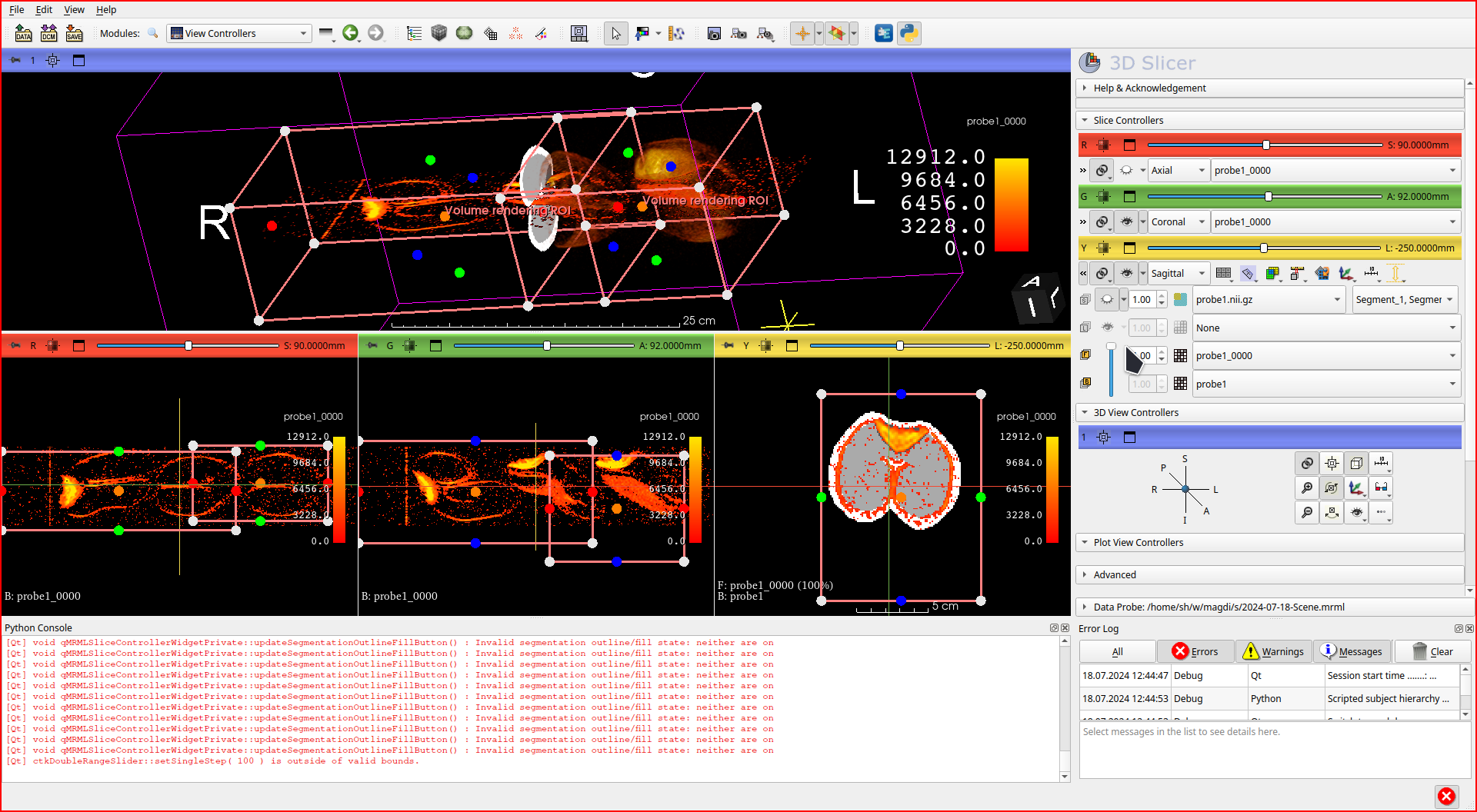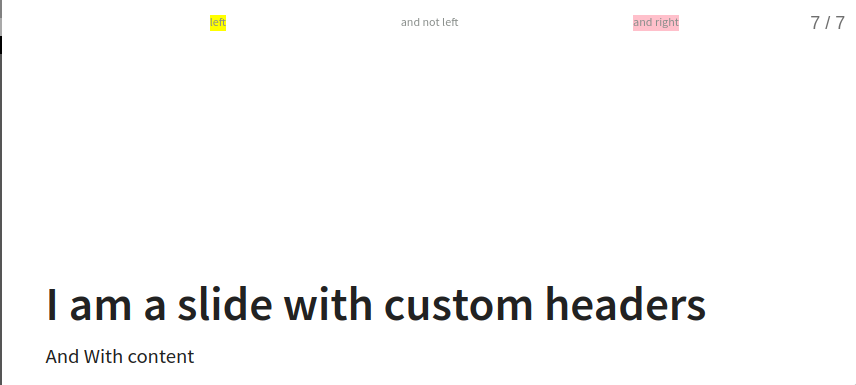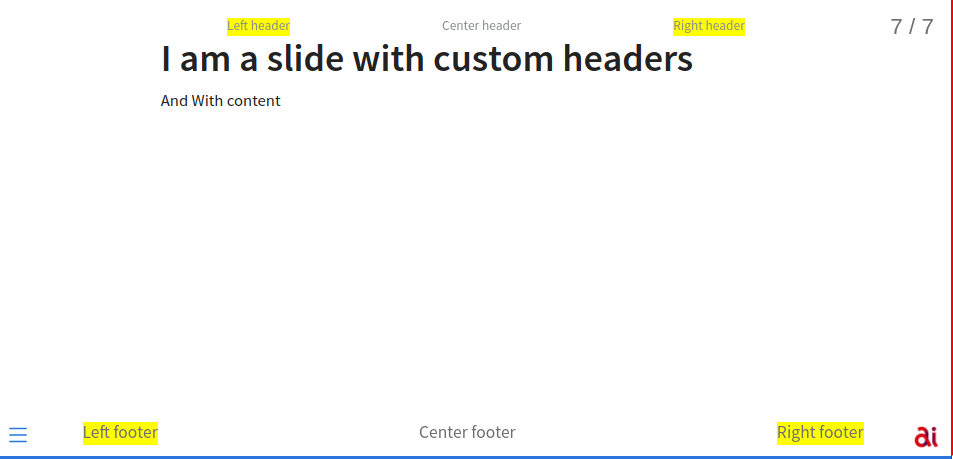Day 2029
Notes on annotating nii 3d files
3d Slicer
Main file: 240715-1653 Notes on 3d-slicer, 240718-1530 First python 3d slicer interactions
Git config commentchar for commits starting with hash
Commit messages starting with #14 whatever are awkward as # is the default comment in git rebase and friends.
git config core.commentchar ";"
fixes that for me.
For a one-time thing this works as well:
git -c core.commentChar="|" commit --amend
(escaping - Escape comment character (#) in git commit message - Stack Overflow)



